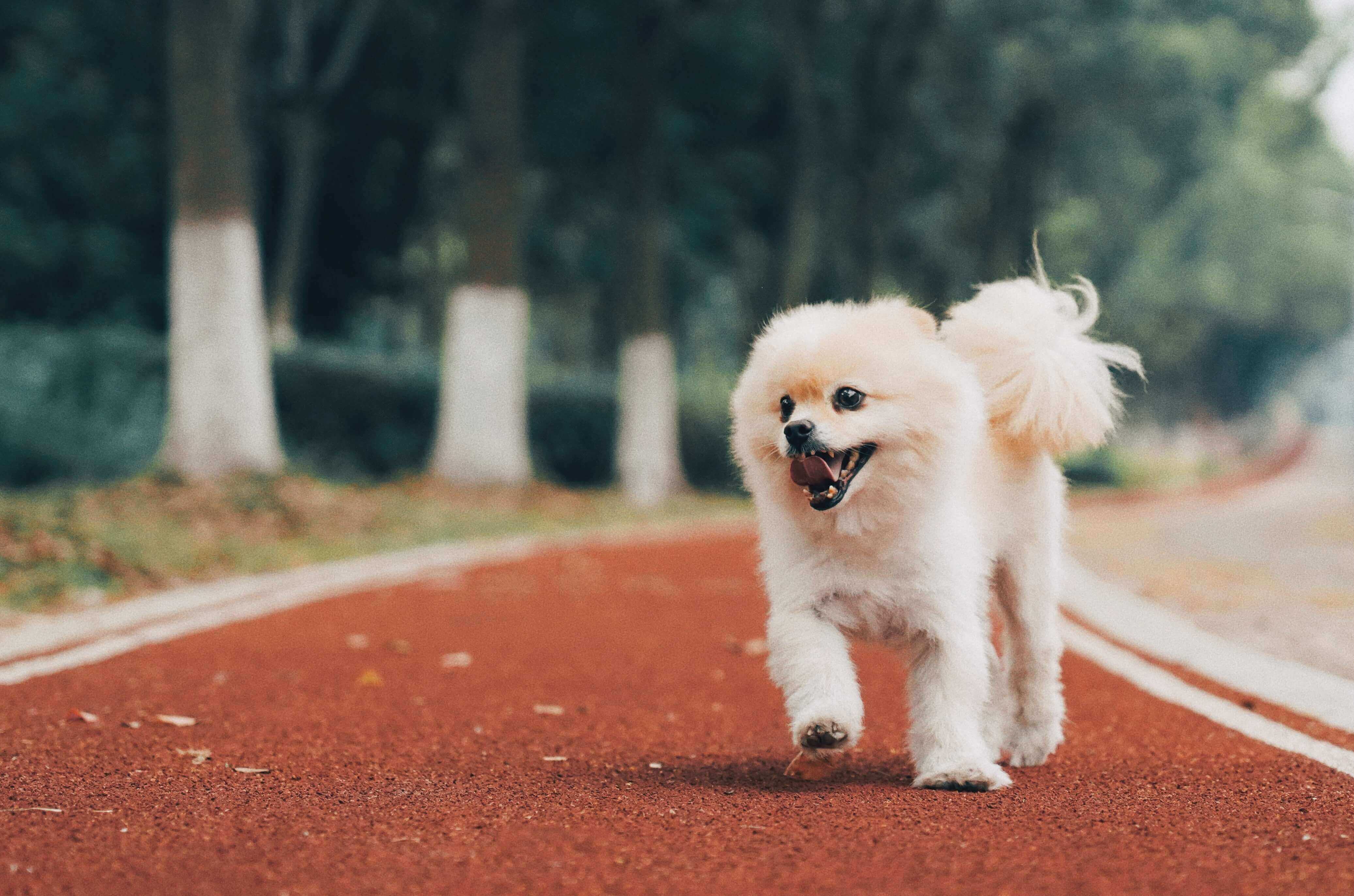The first and most important step to building a strong and healthy relationship with your dog is to understand how it thinks, feels, and learns. Lacking the capability of speech, dogs communicate with us not only through its barks but also through its body language. Understanding your dog and gaining insights into how its mind works can truly make you a better pet parent and companion to it.
"Most incidents relating to dog behaviors occur because of the lack of understanding between the person and the dog, which could have been prevented if the person had sufficient knowledge to understand the dog's mind. It is always the fault of the person, not the dog" says Mario Silva, a highly qualified master dog trainer with 35 years of experience training tens of thousands of dogs.
[blockquote font="2" cite="Mario" italic="yes"]90% of the incident that has happened during pet sitting is not the sitter's fault if the sitter is qualified. On the contrary, 90% of the case is the sitter's fault if the sitter is not qualified. [/blockquote]
It keeps everyone safe
We should understand dog body-language to keep ourselves, our dogs, and other people and dogs safe. Every dog has the equivalent of a dangerous weapon - teeth. How they wield that weapon is affected by environment, genetics, and training. Regardless, it is vital that we be able to read a dog, to prevent and avoid any potential conflict.
When a dog's hackles goes up, you need to have a sense of urgency to diffuse the potential conflict. Rather than react in emotion, such as apologizing or yelling, which would just add more anxiety to the situation, instead, you should redirect your dog away from the situation. Even if the dog has never bitten anyone, you would not want to push it into a situation where it feels like it doesn't have any other option. With a dog already in an emotional state of caution, anything could tip the scales into further defensive action on the part of the dog.
A dogs mind is similar to plasticine because it can be shaped anew in every different situation. As dogs have quite good memory, its reaction will be is influenced by the experience that it has had and learned before.
When the owner misunderstands their dog body-language and misses the pre-cursors of aggressive behavior, it can developed into a serious behavior problem in the future. If your dog shows that it is uncomfortable or behaving defensively, you should address the root of the problem with the help ofa trainer before the behavior escalates.
It can reduce stress
There are many ways on how dogs display stress: a yawn, sweaty paws, food refusal, and lip licking. When owners recognize these signs, they can determine the cause of the stress and possibly deal with it through training that helps them to relax. Through training, you are able to help your dog to change its underlying emotional reaction toward something or someone.
It helps with communication
Relationships are built on and sustained by two-way communication. We should strive to listen to our dogs just as we want our dogs to listen to us. When your dog shakes off or does not want a hug, you should be aware that you might be doing something that made it uncomfortable, hence, do not force a hug on your dog.
Bear in mind, to dogs, vocal communication is secondary to body communication, that is, they primarily communicate with body language. In dog training, there is a term called "trainer babble", defined as words that dogs tune out of because they can only focus on so much at a time. If you are moving and talking at the same time, your dog might not be able to catch up, hence they will only follow your body movement instead of words, because to dogs movement is their primary method of communication, overshadowing what you say.
Why it matters?
Many behavior problems arise from normal dog behaviors such as chewing and barking. Oftentimes, we think we are being clear by acting and vocalizing to our pets. In reality, we are not communicating in a way that our dog can understand. Even though your communication with your pet seems obvious to you, to a dog it is like trying to understand a foreign language. They can only interpret the best way they know-how.
It is important to understand how your dog communicates so that you can be more effective when training/teaching your dog. Don't expect puppies or adult dogs to understand and read your mind immediately, as different dogs work at a different pace. Dogs also learn by association, irritation, and their mistakes. Participating in training classes and working with certified dog trainers from an early age can be very helpful.
Understanding your dog's experience and gaining insight into how its mind works can truly make you a better teacher, leader, and companion to it. Seeing the world from your dog's perspective will help promote communication and enhance the relationship between you and your dog.
Why is it important for a pet sitter to understand dogs?
As a pet sitter, it is important for you to understand the client's dog and your dog. The Petsitter needs to know the dog's mind otherwise you will get bitten, and you wouldn't want that to happen.
You may ask questions like:
- What is your dog's daily routine
- Does your dog have any specific place/spot they like to be in
- Does your dog have a specific diet/food that they eat
- Is your dog allergic to a certain food?
By asking questions that are related to the owner's pet, not only can avoid unnecessary issues but also help pet sitters to gain more understanding about dogs.
Even with deep knowledge of understanding dogs, sitters should still protect themselves from injury when handling a foreign dog by getting a pair of dog protection gloves. Protection gloves are great for training dogs and handling aggressive pets while pet sitting. Here are some features to look for:
- Double-later protection
- Forearm protection
- Finger grips
- Heat resistance
- Strong materials like leather
- Waterproofing
By choosing the right materials, it will keep you safe from scratches and bites while working with pets. However, it's important to keep in mind that most pet handling gloves aren't completely bite-resistant. Features like waterproof gloves can be helpful when bathing a rambunctious pet and quality finger grips will allow you to grip tools and pet care supplies.
If you are new to pet sitting do read The essential guide for the first time pet sitter article to get a deeper insight into what you need to know as you begin your career in this field.









